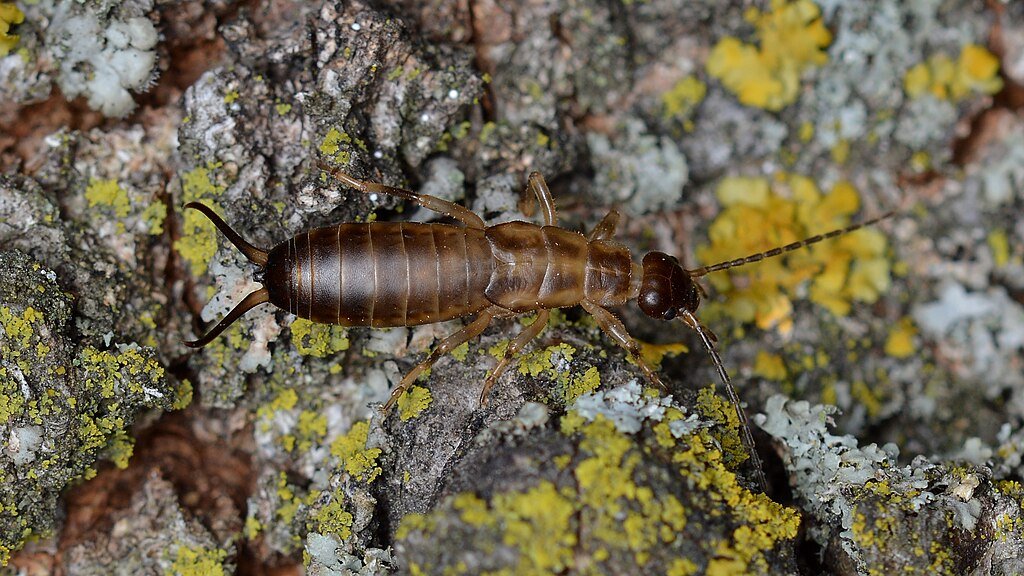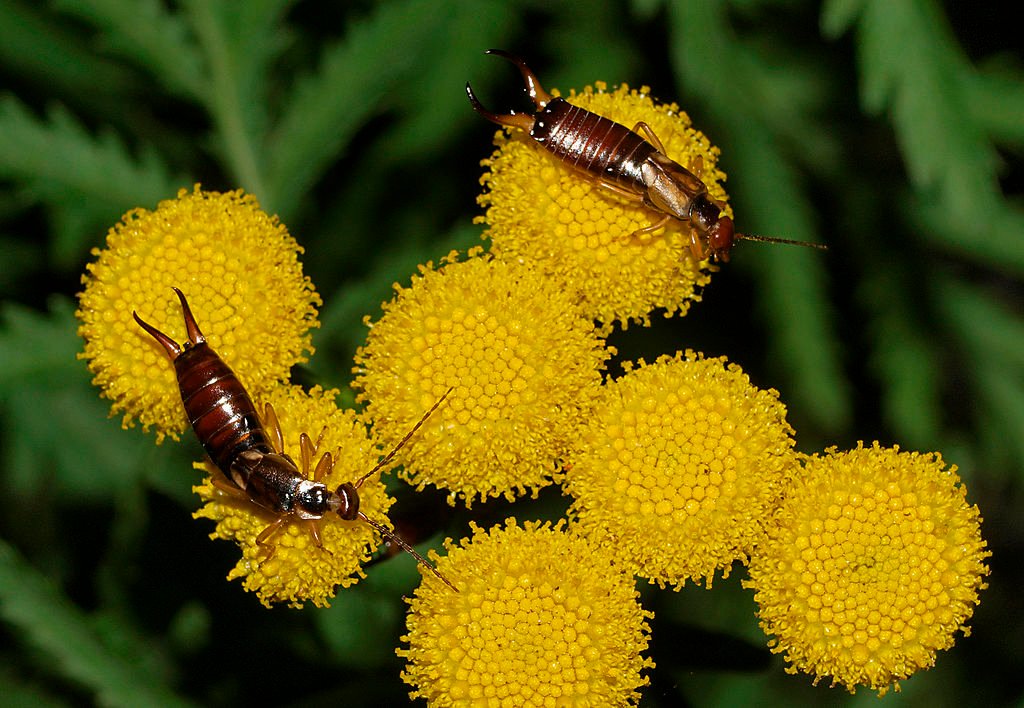New research has revealed that female earwigs may use their forceps as weapons when competing for mates, challenging previous assumptions that only males evolved these structures for combat. Scientists from Toho University found that female earwigs exhibit exaggerated forceps growth, similar to males, suggesting that sexual selection may have influenced both sexes. This discovery broadens our understanding of insect morphology and mating strategies.
The Evolution and Function of Forceps in Earwigs

Male earwigs are widely known for their large, curved forceps, which they use to fight rivals during mating disputes. These pincers are considered a product of sexual selection, giving dominant males an advantage in securing mates. However, female earwigs also possess forceps, though their structure differs significantly. Unlike males, females have long, thin, and straight forceps, leading scientists to question their purpose beyond simple anatomical variation.
Morphometric Analysis Reveals Positive Allometry
To investigate forceps function, researchers performed a detailed morphometric analysis on maritime earwigs (Anisolabis maritima), measuring various body parts such as the head, thorax, abdomen, and forceps. The study found that female forceps exhibit positive allometry, meaning their length increases disproportionately with body size. This pattern suggests that female forceps serve an active role in survival or competition rather than being a positive trait.
Competition Among Females for Mating Opportunities

Previous behavioral studies have indicated that female earwigs engage in competitive interactions over preferred mates, particularly smaller, less aggressive males. The discovery that female forceps grow in proportion to body size suggests that they may play a role in such contests, reinforcing the idea that physical traits in insects can be shaped by competitive pressures among both sexes. This challenges traditional views that only males evolve weaponry through sexual selection.
Potential Defensive Uses Beyond Mating
While forceps may enhance female competitiveness in securing mates, researchers suspect they may serve additional functions, such as defense against predators or dominance in group interactions. Further studies are needed to determine whether female earwigs use their forceps in territorial disputes or to deter aggression from other insects. Understanding these secondary roles could provide a more complete picture of how forceps evolved in both male and female earwigs.
Future Research Directions in Sexual Selection
The findings suggest that sexual selection may act on female traits more frequently than previously assumed. Scientists plan to expand their research by studying forceps functions in other earwig species and comparing evolutionary patterns across different environments. Investigating whether forceps size correlates with reproductive success could reveal new insights into insect mating systems and morphological adaptations.
Conclusion
The discovery that female earwigs may use their forceps as weapons challenges existing ideas about sexual selection and insect morphology. As researchers continue to explore how competitive interactions shape physical traits, these findings may reshape perspectives on evolution in insects and beyond. Studying female adaptations alongside male traits helps build a more comprehensive understanding of natural selection’s role in species survival.
Source:





